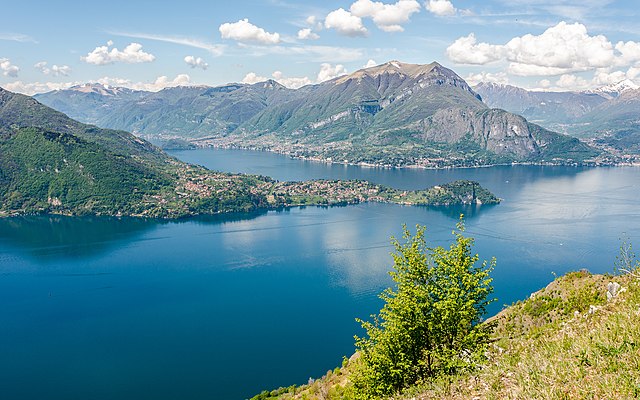Pavia is a town and comune of south-western Lombardy, in Northern Italy, 35 kilometres south of Milan on the lower Ticino near its confluence with the Po. It has a population of c. 73,086. The city was the capital of the Ostrogothic Kingdom from 540 to 553, of the Kingdom of the Lombards from 572 to 774, of the Kingdom of Italy from 774 to 1024 and seat of the Visconti court from 1365 to 1413.
Clockwise from top: Corso Strada Nuova, main shopping area in Pavia; Veduta laterale del Castello Visconteo ("Visconti Castle"); river Ticino; Ponte Coperto and river Ticino; and a view of the city's Cathedral from the Piazza della Vittoria
This painting by Josse Lieferinxe depicts an outbreak of the plague in seventh-century Pavia (then under the Lombard Kingdom). The Walters Art Museum.
Aerial photo of the historic center of Pavia; the urban plan of the Roman age is evident.
One of the sections of the Roman sewer that passes under the streets of the historic center of Pavia
Lombardy is an administrative region of Italy that covers 23,844 km2 (9,206 sq mi); it is located in northern Italy and has a population of about 10 million people, constituting more than one-sixth of Italy's population. Lombardy is located between the Alps mountain range and tributaries of the river Po, and includes Milan, its capital, the largest metropolitan area in the country, and among the largest in the EU.
Pizzo Coca is the highest peak in the Orobic Alps (3,050 m (10,010 ft)).
Ponte Coperto in Pavia over the Ticino river
Naviglio Grande in Gaggiano
Panoramic view of Lake Como with the Alps and Bellagio








